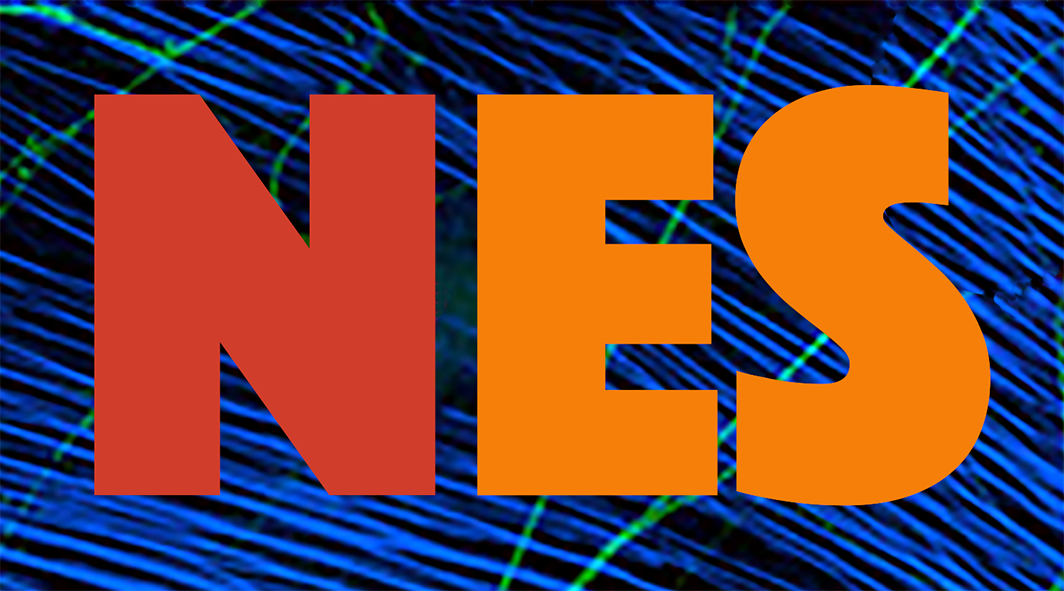
Goalkeeper Game: A New Assessment Tool for Prediction of Gait Performance Under Complex Condition in People With Parkinson's Disease
Publications | Mar 04, 2020
Rafael B. Stern, Matheus Silva d'Alencar, Yanina L. Uscapi, Marco D. Gubitoso, Antonio C. Roque, André F. Helene and Maria Elisa Pimentel Piemonte
Background: People with Parkinson's disease (PD) display poorer gait performance when walking under complex conditions than under simple conditions. Screening tests that evaluate gait performance changes under complex walking conditions may be valuable tools for early intervention, especially if allowing for massive data collection.
Synaptic balance due to homeostatically self-organized quasicritical dynamics
Publications | Mar 02, 2020
Mauricio Girardi-Schappo, Ludmila Brochini, Ariadne A. Costa, Tawan T. A. Carvalho and Osame Kinouchi
Recent experiments suggested that a homeostatic regulation of synaptic balance leads the visual system to recover and maintain a regime of power-law avalanches. Here we study an excitatory/inhibitory (E/I) meanfield neuronal network that has a critical point with power-law avalanches and synaptic balance. When shortterm depression in inhibitory synapses and firing threshold adaptation are added, the system hovers around the critical point. This homeostatically self-organized quasicritical (SOqC) dynamics generates E/I synaptic current cancellation in fast timescales, causing fluctuation-driven asynchronous-irregular (AI) firing. We present the full phase diagram of the model without adaptation varying external input versus synaptic coupling. This system has a rich dynamical repertoire of spiking patterns: synchronous regular (SR), asynchronous regular (AR), synchronous irregular (SI), slow oscillations (SO), and AI. It also presents dynamic balance of synaptic currents, since inhibitory currents try and compensate excitatory currents over time, resulting in both of them scaling linearly with external input. Our model thus unifies two different perspectives on cortical spontaneous activity: both critical avalanches and fluctuation-driven AI firing arise from SOqC homeostatic adaptation and are indeed two sides of the same coin.
Opening for Web-based and mobile application design Scholarship
Opportunities | Feb 21, 2020
The Research, Innovation and Dissemination Center on Neuromathematics (NeuroMat) is offering a FAPESP scholarship for information technology professionals interested in being part of a breakthrough and innovative scientific project. The recipient will interact with researchers from USP and other NeuroMat collaborating institutions in activities of development, customization, maintenance and deployment of open software related to the scientific goals of the center.
| NeuroCineMat |
|---|
|
Featuring this week: |
| Newsletter |
|---|
|
Stay informed on our latest news! |
| Follow Us on Facebook |
|---|




